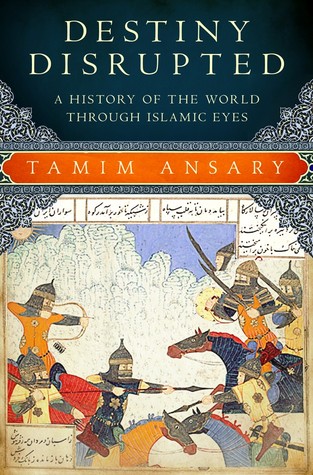Balshazzar barely had time to ponder the prophecy before it came true. A sudden blistering bloodbath was unleashed upon Babylon by the newest gang of ruffians from the highlands, an alliance of Persians and Medes. These two Indo-European tribes put an end to second Babylonia and replaced it with the Persian Empire. At this point, the recurrent pattern of ever-bigger empires in the heart of the Middle World came to an end or at least to a long pause. For one thing, by the time the Persians were done, there wasn’t much left to conquer. Both “cradles of civilization,” Egypt and Mesopotamia, ended
Balshazzar barely had time to ponder the prophecy before it came true. A sudden blistering bloodbath was unleashed upon Babylon by the newest gang of ruffians from the highlands, an alliance of Persians and Medes. These two Indo-European tribes put an end to second Babylonia and replaced it with the Persian Empire. At this point, the recurrent pattern of ever-bigger empires in the heart of the Middle World came to an end or at least to a long pause. For one thing, by the time the Persians were done, there wasn’t much left to conquer. Both “cradles of civilization,” Egypt and Mesopotamia, ended up as part of their realm. Their suzerainty stretched west into Asia Minor, south to the Nile, and east through the Iranian highlands and Afghanistan to the Indus River. The perfumed and polished Persians probably saw no point in further conquest: south of the Indus lay steaming jungles, and north of Afghanistan stretched harsh steppes raked by bitter winds and roamed by Turkish nomads eking out a bare existence with their herds and flocks—who even wanted to rule that? The Persians therefore contented themselves with building a string of forts to keep the barbarians out, so that decent folks might pursue the arts of civilized living on the settled side of the fence. By the time the Persians took charge, around 550 BCE, a lot of consolidation had already been done: in each region, earlier conquerors had drawn various local tribes and towns into single systems ruled by one monarch from...
...more
This highlight has been truncated due to consecutive passage length restrictions.
folks might pursue the arts of civilized living on the settled side of the fence. By the time the Persians took charge, around 550 BCE, a lot of consolidation had already been done: in each region, earlier conquerors had drawn various local tribes and towns into single systems ruled by one monarch from a central capital, whether Elam, Ur, Nineveh, or Babylon. The Persians profited from the work (and bloodshed) of their predecessors.


